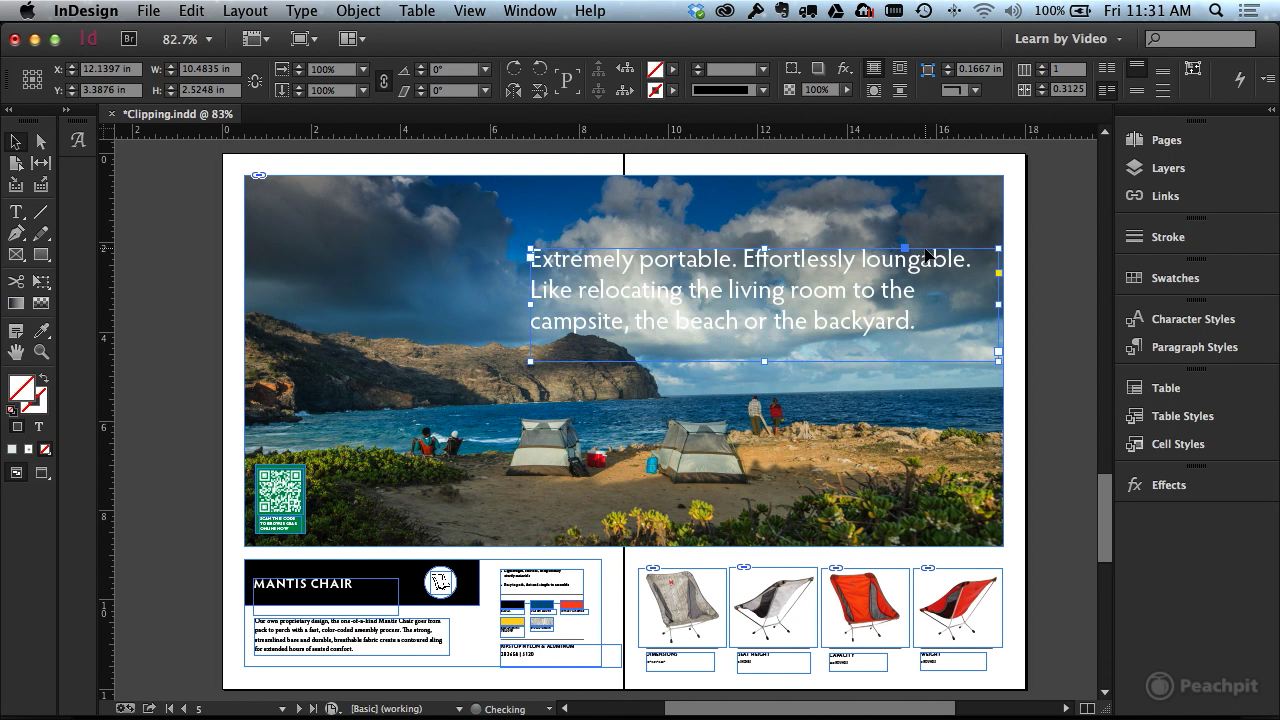
The table of contents can easily be refreshed to account for any layout changes, ensuring your page number references remain accurate. InDesign’s automated table of contents feature allows you to create a detailed table of contents based on paragraph styles used within your catalog.
Paragraph styles allow you to save and re-use specific text (e.g. Create separate master pages for navigation tabs and inherit these layouts from multiple master pages.Create master pages for each separate content type (or where a layout needs to change from once column to two columns).These page layouts typically include items placed on the master page itself to aid catalog navigation (e.g. Master pages allow you to save commonly used page layouts for re-use. Consider removing backgrounds/shadows from your images.Ensure images are consistent in the way they present products.Maintain images in a logical folder structure.However, sourcing and maintaining a library of consistent, well organised images can be a challenge for many organisations.

Images add enormous value to the design of a catalog.


Your catalog project will work best when InDesign is used in a modular and repeatable fashion.īefore you attempt to tackle the setup, design, management and updating of a large catalog we recommend you work your way through this list to ensure you are equipped to take on this challenge. Most of these tools will save considerable time when used correctly. They require skilled users with specific expertise to create and maintain engaging, cost-effective and timely content to support an organisation’s sales & marketing strategy.Ī majority of catalogs created today are made using Adobe InDesign – the fully featured desktop publishing application typically sold as part of an Adobe Creative Cloud subscription (alongside Photoshop, Illustrator and Acrobat).įortunately, InDesign includes many tools which can help. Catalogs by nature are often large and complex documents.


 0 kommentar(er)
0 kommentar(er)
